The playwright David Mamet observed something about the diner, where the eggs are cracked onto the griddle’s heat but also where people go to make a covenant: “In a restaurant, one is both observed and unobserved. Joy and sorrow can be displayed and observed ‘unwittingly,’ the writer scowling naively and the diners wondering, What the hell is he doing?”
As of 2025, 70% of U.S. restaurants are mom-and-pop operations. These are not chain-funded concepts; they’re sweat equity, family-run, and held together by handwritten prep sheets and dreams of the best way to construct a sandwich.
Connecting the dots from vision to plate — that’s the hustle of the food business. Everyone is guilty of driving past a joint and making a promise to “check it out” and never do, and that place closes because so many people say the same thing as they speed onto their destination, likely grabbing something from a drive-thru.
The CEO who Loves Mom-and-Pops
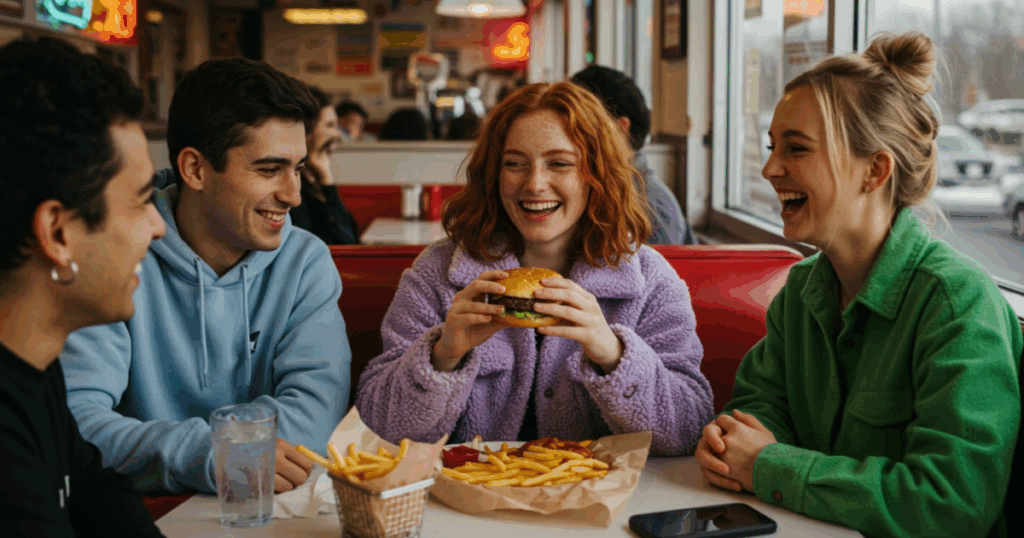
There has to be a place or an advocate to help see through the promises of “the world’s best pizza” and actually make that stop inspired by the sign in the sky. Many local spots rely on Matt Plapp, aka the guy who’s always rocking the orange shirt. He’s not a traditional business guy — an empty suit making empty promises — but a working-class guy who puts in the 5 a.m. – 2 a.m. workdays (insane) to see his company thrive.
As the CEO of America’s Best Restaurants and DRYVER powered by Repeat Returns, he’s been instrumental in helping restaurants drive sales and build strong brands through storytelling and online marketing strategies. And let’s be honest — he probably never has to pay for a cheeseburger again.
He’s not Silicon Valley. He’s closer to the guys on Shark Tank who didn’t go to Stanford. His office is near the Cincinnati airport. His son runs his Instagram. His loyalty is to independent restaurant owners, not algorithms.
Independent restaurants account for over 70% of all U.S. restaurants, highlighting their vital role in the industry, which creates a significant need for someone like Plapp to come through and help. Speaking to him via Zoom, Plapp is confident in his place and how he allows moms and pops to get the visibility they deserve: “My restaurants are blue-collar workers. They grind, get up early, work late, and it’s blood, sweat, and tears. And I can relate to that because I’m the same way.”
The State of the Indie Restaurant
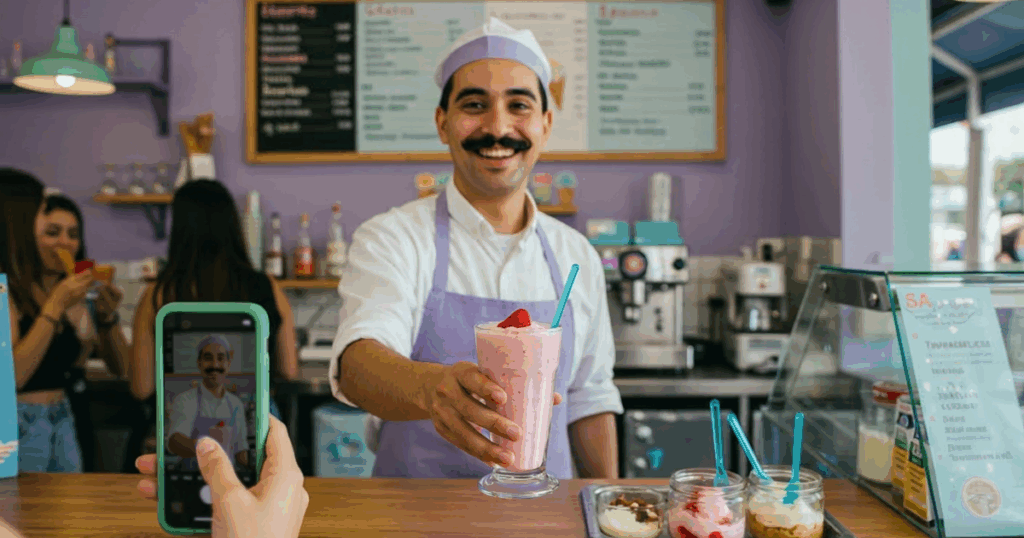
The independent restaurant stands at a curious crossroads in American culture – caught between nostalgia and innovation, between TikTok virality and generational recipes. While the pandemic erased nearly 90,000 eating establishments from the landscape, it simultaneously accelerated our collective food obsession online.
Today’s diners navigate a world where celebrity chefs secure Netflix deals, while mom-and-pop owners struggle to decipher algorithm changes that could determine their survival. What Plapp intuitively understood before most is that authenticity has become both currency and commodity.
In an era where chain restaurants spend millions engineering the appearance of local charm, actual local establishments often lack the technical resources to tell their genuine stories. This asymmetry has created a peculiar moment where traditional businesses must embrace the most cutting-edge techniques not to “disrupt” anything, but to preserve what’s already there: the neighborhood joint where recipes and relationships have equal value.
Where Everybody Knows Your Name

The late AA Gill mused, “The best restaurants are not about food. They’re about a sense of place. A feeling that someone’s behind the curtain, making it all work with heart and nerve and not much sleep.”
Mom-and-pop restaurants aren’t a nostalgic slice of Americana — they’re the backbone of the U.S. dining industry. Roughly 70% of all restaurants in the country are single-location independents, and 90% employ fewer than 50 people. These are the family-run diners, neighborhood taco stands, and no-frills barbecue joints that keep communities fed and employed.
In a world dominated by chains and delivery apps, it’s striking that 78% of Americans say social media still plays a major role in where they choose to eat, which means even the smallest food spot can become a destination if the story hits the right feed. And that’s where Plapp saw an opportunity to shift his business model.
While Silicon Valley was obsessed with scalable apps and platforms, Plapp saw value in the struggling independent restaurant sector that others overlooked. There is a fascinating contradiction in using cutting-edge digital tools (such as Facebook Messenger and data analytics) to save traditional brick-and-mortar establishments.
And because he figured that out, he has spent the last 15 years carving out an unexpected but powerful niche: bringing digital strategy to America’s most traditional institutions — local restaurants.
The Lore Behind America’s Best Restaurants
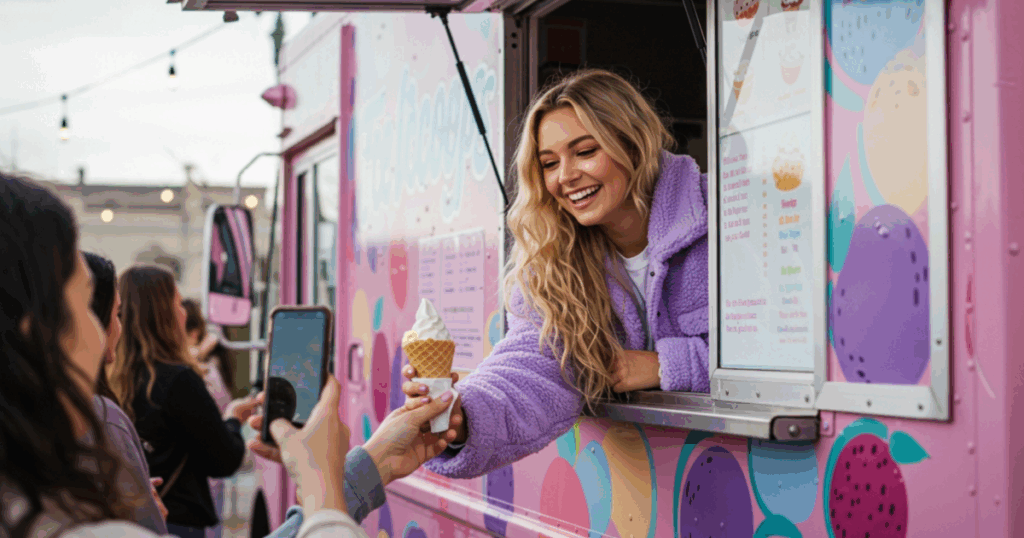
He launched his marketing agency in 2008–2009 with a focus on Facebook campaigns for small businesses. By 2015, he had zeroed in on restaurants after realizing they offered something most industries didn’t — repeat foot traffic, emotional customer loyalty, and data worth its weight in gold.
“The fact that customer data to a restaurant is very valuable, that you can use it so many times over and over for many years… is to me the ultimate,” he offered just after showing off a custom encased Jordan sneaker he had made for one of his clients as a milestone celebration as a nice touch. It’s that kind of personal gesture that’s made Matt Plapp a go-to in his ecosphere — proof that he’s genuinely invested in how these spots survive, saying, “Chipotle being up 17% helps Wall Street. Is Andy Dell down the street up 17%? That pays his employees. That’s real.”
In 2017, he developed a customer acquisition system using Facebook Messenger and Manychat, turning online engagement into in-store visits. That groundwork evolved into America’s Best Restaurants, a content-and-marketing ecosystem that now includes a production team filming over 800 restaurant episodes across the U.S annually.
He offered, “Guy Fieri does 50 cable shows a year. We do 800 on Facebook for people who need help.” Plapp has since established multiple divisions, including the ABR Road Show (a grassroots media campaign), Driver Acquisition (which collects customer data through Messenger), and DRYVER Loyalty (a tech platform that integrates directly with restaurant point-of-sale systems).
Together, his work seamlessly combines old-school hospitality with cutting-edge tools, and he has become one of the most unlikely yet effective champions of the hyper-local food world.
Critical Response
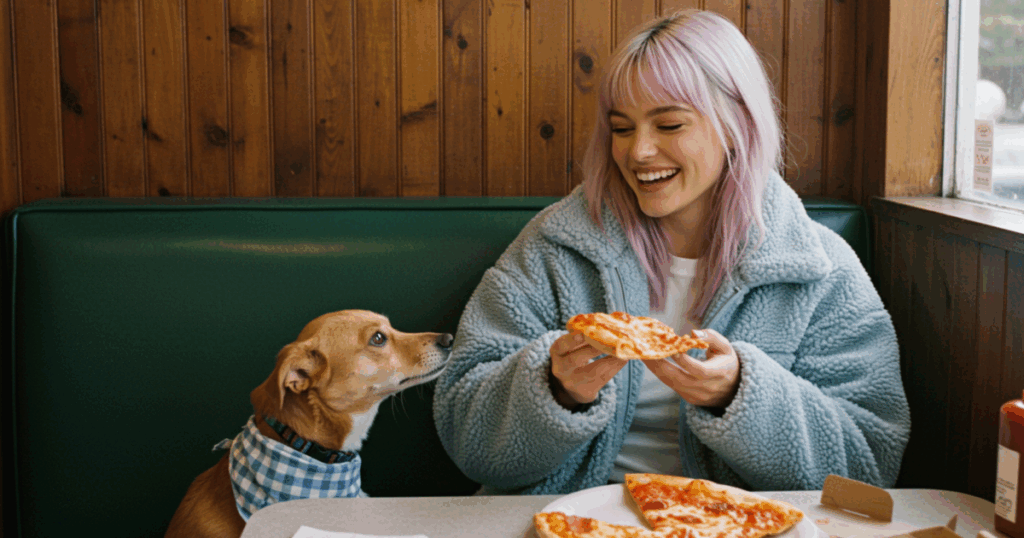
The Great Jonathan Gold was the first food critic to see the neighborhood spot as a cultural institution, saying, “The restaurant is a capsule of time and culture, a place where the food is only half the story, the rest is who walks through the door.”
As Matt Plapp has built his business, he’s reflected on past revenue and how the industry is growing beyond sustainability. “What makes me happy? Other people are happy when I see Logan buying a house, Katie buying a house, and buying a car. We’re able to help them and support them in growing as people.”
He continued to emphasize the importance of helping small businesses do their best. “I don’t need a lot. What am I going to do with millions of dollars? I’d rather see my people get ahead and live good lives.”
While VCs chased scale and apps, Matt built a loyalty engine for legacy businesses. Speaking with him, it was clear he wasn’t the kind of guy who gets rich and starts buying a bunch of shit he doesn’t need and instead was more interested in building up the people on his team. Usually, I don’t buy into that and think people are generally out to make money.
Still, Plapp comes across as genuine, who, when asked, didn’t name drop eating at Alinea in Chicago or grabbing a coveted table at Thomas Keller’s The French Laundry, but instead was more interested in who’s got the best wings or burger. (He’s a blue cheese guy. Thankfully. Anyone who picks Ranch is a criminal.)
The Power of an Old Favorite
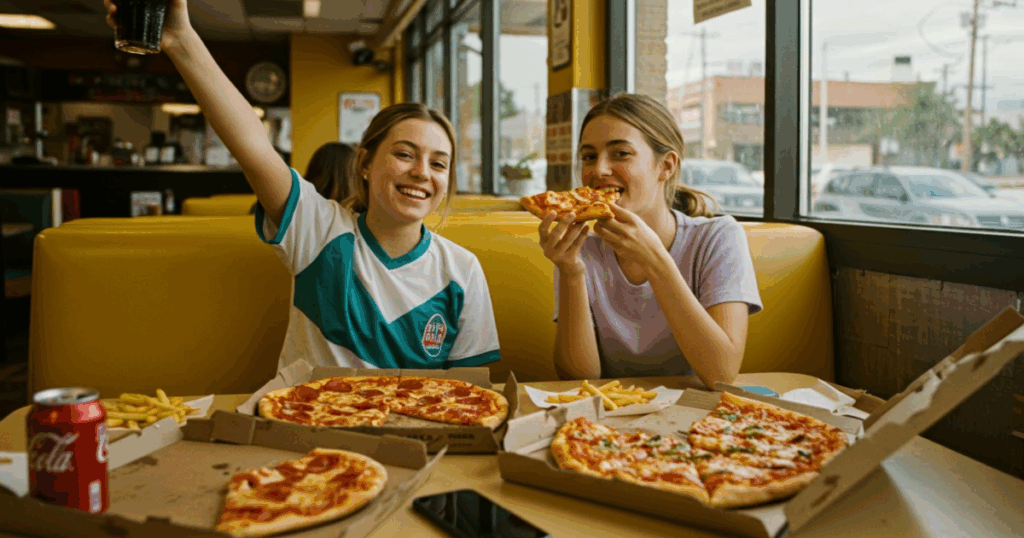
What matters isn’t just how Plapp sees his role in the restaurant world, it’s how he understands what it means to share a meal in the first place; “Restaurants are where we go to celebrate. Think about it: most people have an emotional connection to their favorite spot. Like, the other day I went to lunch, and I knew exactly what I wanted. I’d had it before and thought, ‘Yeah, I want that again.’ When you have a bad day, what do you do? You go get something you like. When you have a good day? Same thing. You go out to eat. It’s where life happens.”
In a world of razor-thin margins, the working-class restaurateur needs every win they can get. “The restaurant is where joy and sorrow are unwittingly on display,” Mamet wrote.
And in Matt Plapp’s world, it’s also where hustle, hope, and hot wings quietly rewrite the rules of survival. It’s not marketing funnels or loyalty programs, but instead helping someone keep the lights on long enough for their kid to take over the kitchen one day.
Plapp’s work doesn’t scream revolution, but it doesn’t have to. It whispers across tabletops, scrawled on special boards, and buried in POS systems — a digital safety net for analog dreams.





